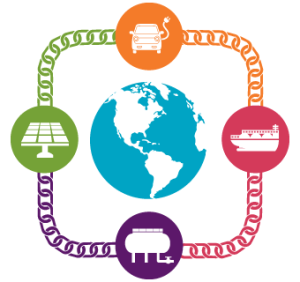On Wednesday, January 24, 2018 from 12:00-1:30pm ET, K&L Gates Seattle associate Elizabeth Crouse will be moderating the ACORE and Bloomberg New Energy Finance sponsored webinar “Financing Renewables Post-Tax Reform.”
The State of the Industry Webinar, a quarterly series produced in partnership between ACORE and Bloomberg New Energy Finance, offers the latest intelligence and analysis on renewable energy markets, finance and policy.
Provisions included in the tax reform package will affect how leading financiers of renewable energy projects are taxed on their investments. These changes could impact the availability of tax equity – a critical source of financing that is a significant catalyst for market growth and responsible for roughly 20% of annual U.S. renewable energy investment. On this webinar, experts will consider how changes to the tax code might shake out in the renewable energy market, alternate sources of project financing and other factors developers should expect in 2018 and beyond.
Policy Update:
Greg Wetstone, President & CEO, ACORE
Todd Foley, Senior Vice President of Policy and Government Affairs, ACORE
Markets Update:
Ethan Zindler, Head of Americas, Bloomberg New Energy Finance
Moderator:
Elizabeth Crouse, Associate, K&L Gates LLP
Speakers:
Marshal Salant, Managing Director, Head of Alternative Energy Finance, Citi
Meghan Schultz, Senior Vice President, Structured Finance, Invenergy LLC
Kevin Walsh, Managing Director, Renewable Energy, GE Energy Financial Services
To register for this webinar, please click here.

